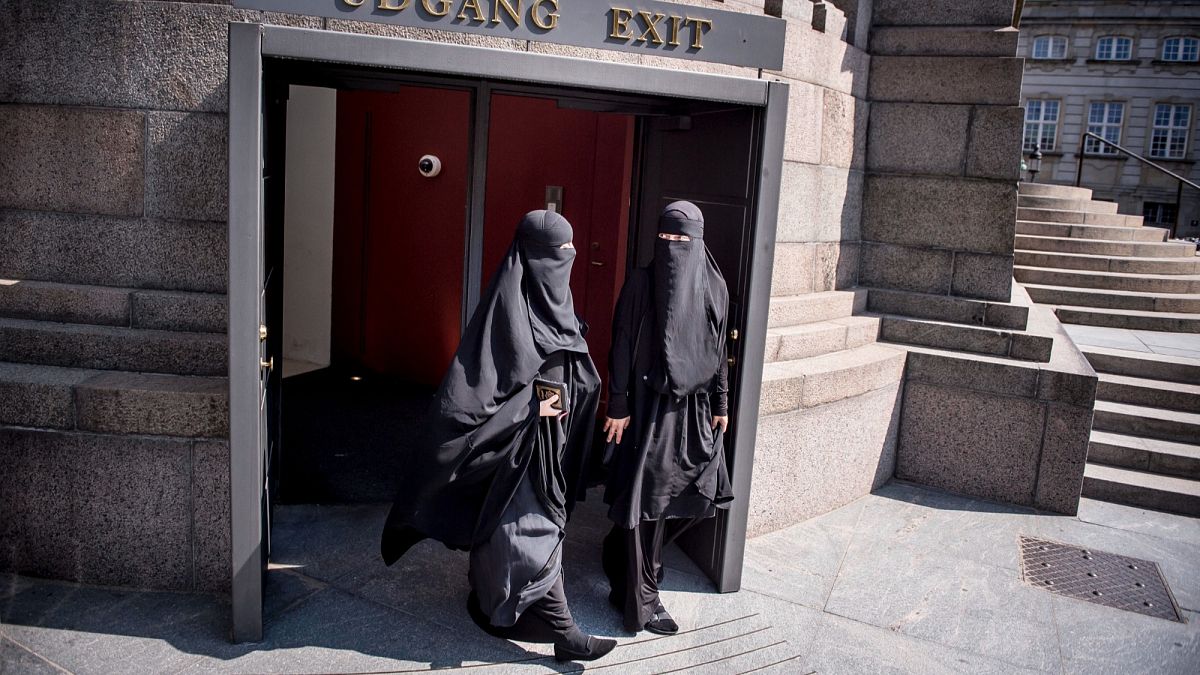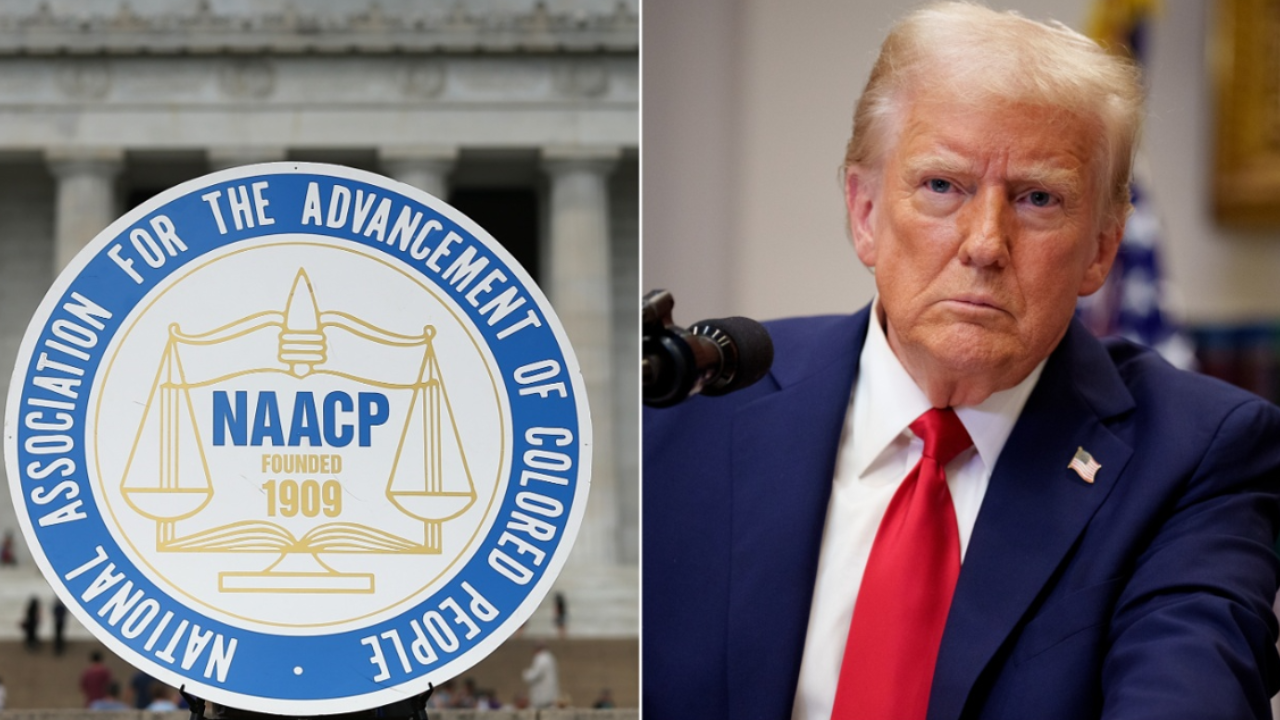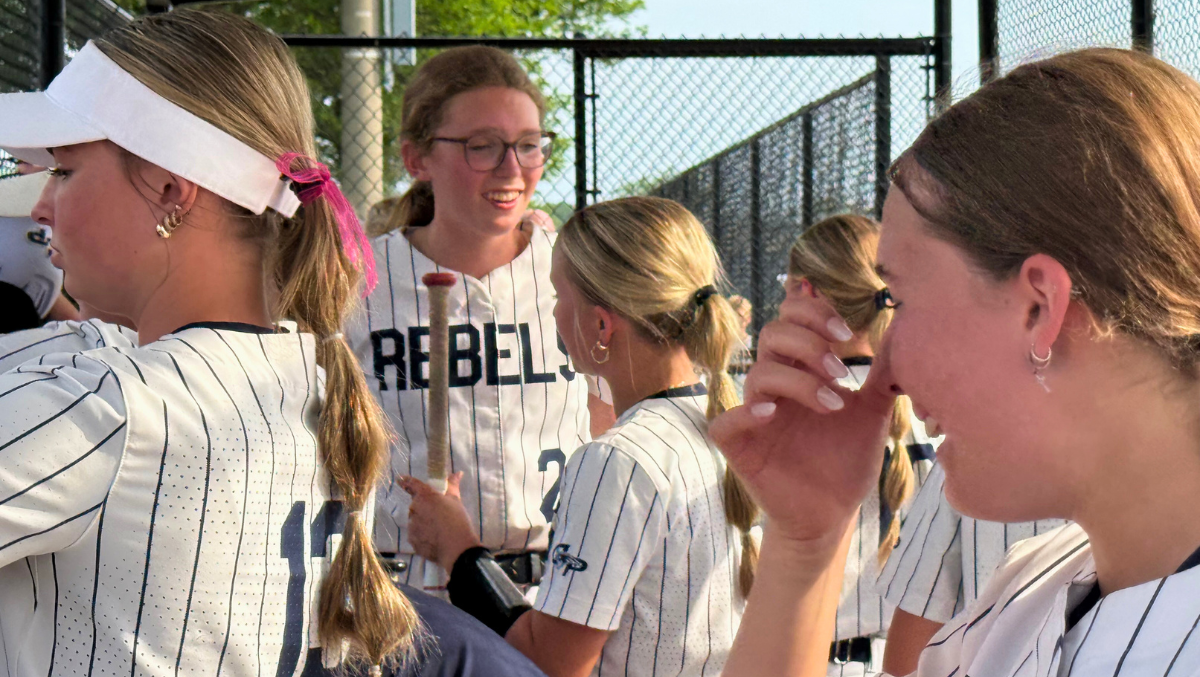Disney World is the happiest place on Earth — but one member of the Disney family isn’t smiling about a new park innovation.
Joanna Miller, granddaughter of the late Walt Disney, blasted Walt Disney Co. for creating an audio-animatronic version of her beloved grandfather to honor Disneyland Resort’s 70th anniversary in July.
In a scathing Facebook post, Miller blasted the new park addition as “dehumanizing” and said that the “robotic grampa” went against the wishes of the family patriarch, who died when she was 10.
“People are not replaceable. You could never get the casualness of his talking,” she wrote in the post.
The Walt Disney recreation would live in the opera house on Main Street, U.S.A. for a new show, “Walt Disney — A Magical Life,” which hopes to give parkgoers an idea of “what it would have been like to be in Walt’s presence.”
Miller is one of the few who have actually seen the immortal animatronic, as Disney is notoriously secretive about its developments.
“I think I started crying,” Miller recalled of her reaction. “It didn’t look like him, to me.”
Most of the current animatronics are either representative of the company’s film characters or real-life political figures for the Hall of Presidents; most do not speak or move much. The incoming Walt Disney animatronic promises to be the most lifelike one yet, pulling dialogue from his speeches and more deliberate, subtle movements.
Miller, who lives an extremely private life, doesn’t regret calling out the company. She does fear that speaking out against Walt Disney Co. might cause the entertainment company to retaliate by taking away her access to the park, a perk agreed upon when Miller’s late father, Ron W. Miller, stepped down as Disney CEO in 1984.
“You just start to get pissed off. And you get tired of being quiet. So I spoke up on Facebook. Like that was going to do anything? The fact that it got back to the company is pretty funny,” she told the Los Angeles Times.
Soon, Miller was face-to-face with current Disney CEO Bob Iger to discuss the animatronic.
Miller makes it clear she isn’t representing her five siblings or other family members — but, as she emphasized in a letter to Iger, “I do speak for my grandfather and my mother.”
Not long after sharing her concerns on Facebook, she was invited to view the figure in person and sit down with Iger and members of Walt Disney Imagineering, the behind-the-scenes team that brings the parks’ immersive experiences to life.
“He was very kind,” Miller said of the CEO. “He let me do my spiel.”
Miller’s main argument is that her grandfather did not want an animatronic version of himself. Her mother, Diane, founded San Francisco’s Walt Disney Family Museum and rejected a robotic version of Walt.
“In all our research, we never found any documentation of Walt saying that,” Imagineer Jeff Shaver-Moskowitz said back in April. “We know that it’s anecdotal and we can’t speak to what was told to people in private.”
That’s one of the biggest challenges Miller is up against. The people she says best understood Walt Disney’s wishes — her parents and trusted collaborators like former Imagineering head Marty Sklar — have all passed away. Unless others step forward, she’s the last direct link to that legacy.
Still, Miller isn’t naive about the situation. In her view, the family’s biggest misstep was selling the rights to Walt Disney’s name, image, and likeness back in 1981 — a $46.2 million stock deal that effectively severed their control.
As a result, the family has little to no influence over how Walt is portrayed in the parks. Imagineering, however, maintains that it consulted the Walt Disney Family Museum and current board-member descendants during the development of the animatronic tribute.
Read the full article here
















